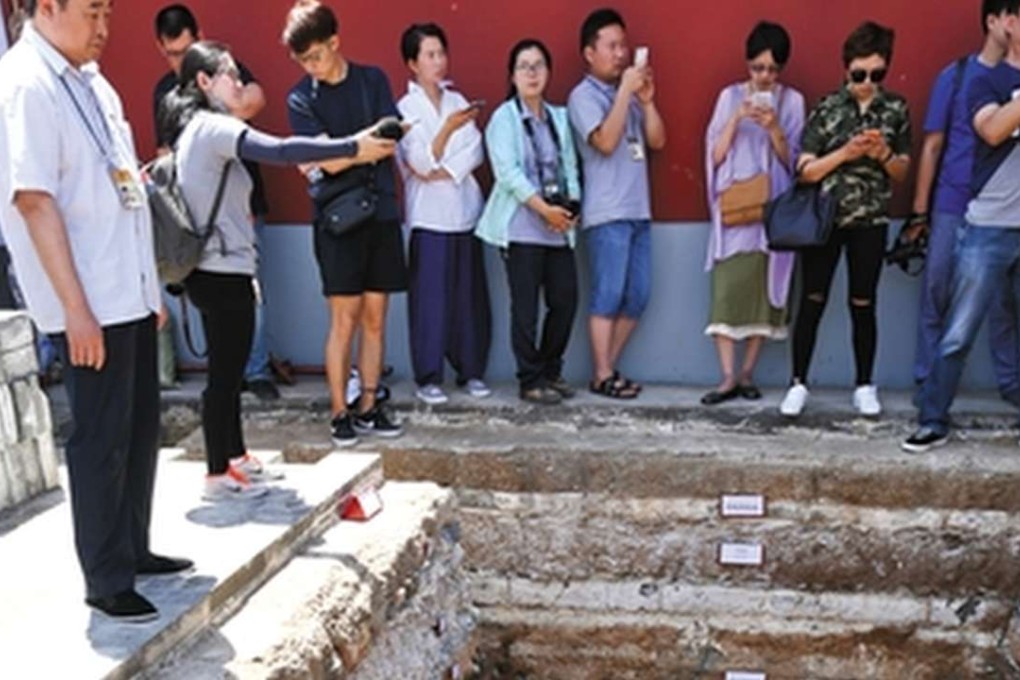Ruins found at Beijing’s Forbidden City may be part of lost Ming palace

Archaeologists have discovered what may be the wall foundations of a large Ming palace built in the 15th century, buried beneath a vast courtyard in the Forbidden City in the centre of Beijing, according to mainland media reports.
Palace Museum director Shan Jixiang said the 20-layer brick foundation was about 2.8 metres deep and unearthed from the square in the Cining Palace complex for the emperor’s mother in the western part of the Forbidden City, The Beijing News reported on Sunday.
It is one of a series of discoveries made as the museum upgraded its underground power and fire extinguishing systems.
‘The greatest palace that ever was’: Chinese archaeologists find evidence of the fabled imperial home of Kublai Khan’s Yuan dynasty
The foundation is thought to be part of the original Forbidden City built between 1406 and 1420. The complex was rebuilt at various times and served as the imperial palace of the Ming dynasty (1368–1644) and the Qing dynasty until 1912.
The layers of bricks were buried beneath rammed earth foundations and believed to date to the early Ming dynasty, Shan said.
Analysis indicated the sand and soil beneath the brick foundation dated to between 5,000 to 30,000 years ago, the report said.
Craftsmen who built China’s Terracotta Army ‘ate dogs’: study
Archaeologists from the Palace Museum also found a built-in wooden platform believed to have been used to support the brick foundation, as well as traces of two footing holes, which archaeologists said were left by construction workers in the Ming dynasty, China National Radio reported.